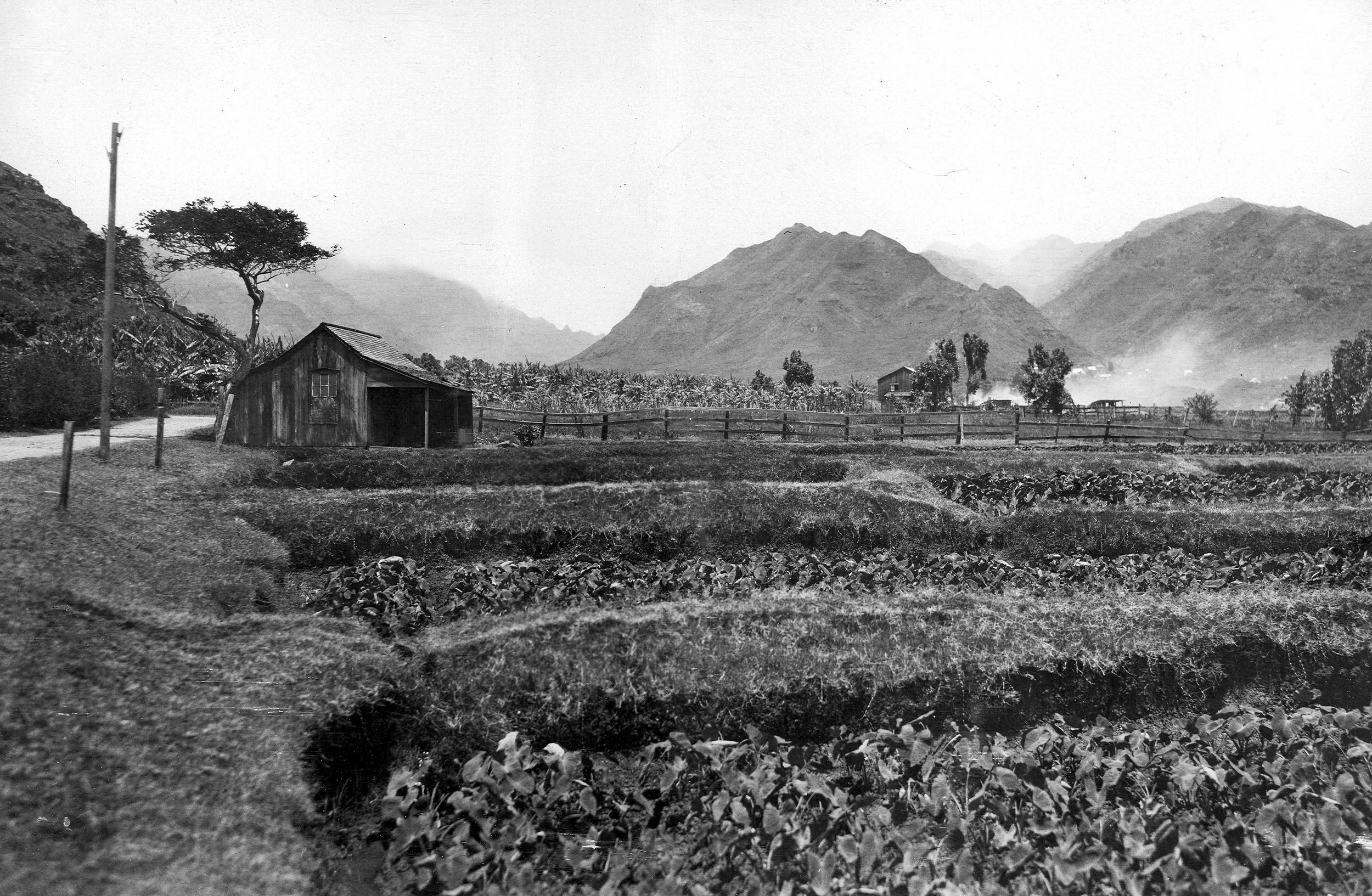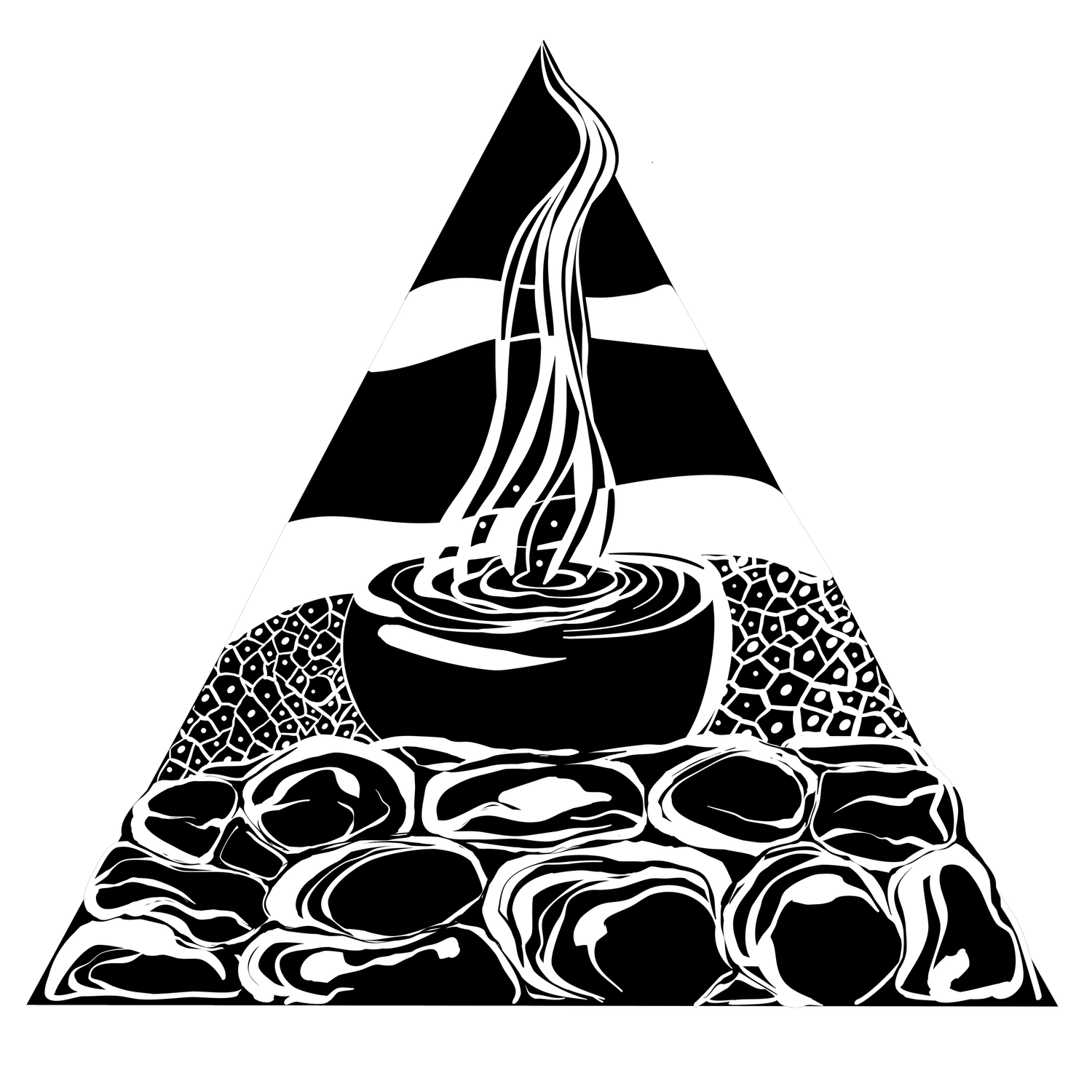
History
Throughout its history, Kōkua Kalihi Valley Comprehensive Family Services (KKV) has provided innovative programs that directly address the needs and aspirations of Kalihi Valley’s families. In 2005, KKV was granted a 20-year lease from the Hawaiʻi Department of Land and Natural Resources to steward and sustainably develop 100 acres in the back of the Valley. Dedicated to cultural education and community transformation, this land was named Ho‘oulu ‘Āina, meaning “to grow the land” and “to grow because of the land,” based on the value that the health of the land and the health of the people are one.
Ho‘oulu ‘Āina has long been a center of community vitality, as evidenced by the archaeological remains of pre-contact agricultural terraces and irrigation channels still found on property. Once heavily cultivated by Native Hawaiians, Ho‘oulu ‘Āina’s 100 acres fell to misuse and neglect over the centuries.
The decision to preserve this land as a public resource was first made by the Honolulu City Council in 1980, following a decade of community advocacy. Concerned about overcrowding in the area, and united in opposition to a proposed residential development, Kalihi Valley residents gathered petitions and submitted legislative testimony throughout the 1970s that resulted in the “Kalihi Valley Nature Preserve” being set aside for cultural and recreational purposes. Supported by the City’s 2004 Kalihi-Pālama Action Plan and other neighborhood visioning processes, KKV was entrusted with managing the land. Hoʻoulu ʻĀina is the only large-scale nature preserve within the urban core in the City & County of Honolulu.
Each year, Ho‘oulu ‘Āina engages over 5,000 volunteers through four interwoven program areas: Koa ‘Āina (Native Reforestation), Hoa ‘Āina (Community Access), Mahi ‘Āina (Community Food Production) and Lohe ‘Āina (Cultural Preservation).
Source: AVAKonohiki.org

